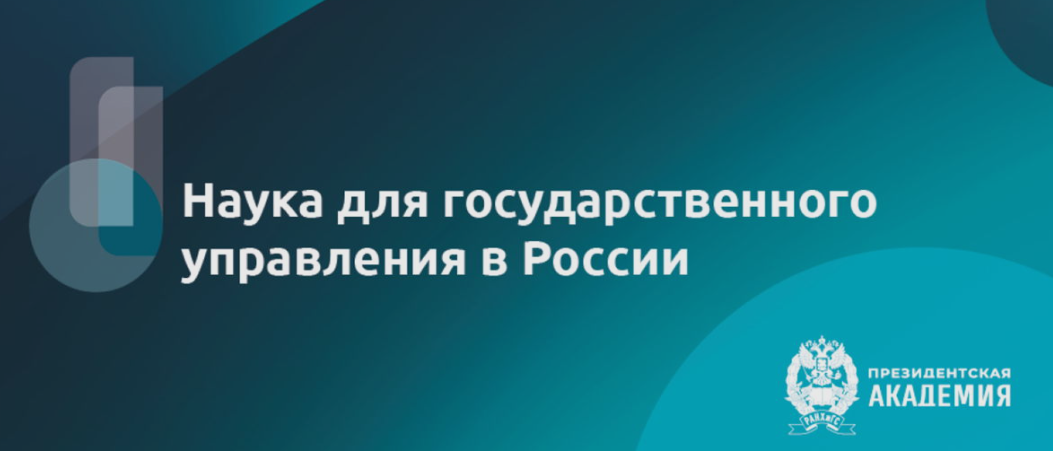Author's column
Scientific-technological politics of Russian Federation
It is noted that the interim results of the achieved structural changes and the level of technological renewal of the Russian economy make it relevant to reassess the effectiveness of innovative practices and models used in the Russian Federation. The basic provisions of modern science and technology policy are analyzed. The absence of a direct dependence of the level of scientific and technological development of the country on the level of development of the national research and development sector is substantiated. It was recommended to develop a set of measures of modern science and technology policy aimed at reducing the nationalization of the scientific and technological sphere and targeting large and medium-sized companies in the real sector of the economy as the main subjects of the «technological breakthrough».
In May 2018, the Federal Science and Technology Program for the Development of Agriculture for 2017–2025 was supplemented by the subprogram “Development of potato breeding and seed production in the Russian Federation”, and integrated scientific and technical programs and projects (ISTP) were chosen as the form of its implementation.
The risk analysis of the implementation of ISTP in the priority direction under consideration was performed.
Particular attention is paid to the problem of attracting industrial customers to the ISTP – agricultural producers who have sufficient resource support and are able to perform the necessary amount of work on growing and bringing to the market potatoes of domestic breeding.
It has been suggested that in order to improve the efficiency of project expertise and reduce the risks of unreachability of the stated indicators, it is advisable to carry out the selection of domestic companies – potential beneficiaries of the technologies being developed at the first stages of the ISTP implementation.
Article addresses relevant as well as extremely broad topic for local universities related to the assessment of their scientific and practical efficiency. In the center of the author’s attention, there are reportable formal quantitative indicators in chase of which the educational institutions of the Federal Penitentiary Service’s (FPS ofRussia) distort the essence of applied scientific research, in fact, imitating it. Nevertheless, with their help these universities continue informing the public about their own scientific importance and high innovative potential, fully realized for the benefit of institutions which carry out penal sanctions. A critical analysis of such self-assessments obviously overstated and narrowly focused in terms of information reflects the content of this article. The indicator of social and / or economic effect obtained by the penal establishments from their actual implementation in practice could contribute to the objectivity of judgments about the results of the universities’ applied scientific research.
Economics of intellectual property
The article presents an overview of public policy measures in the field of identification, consolidation and inventory of rights to the results of intellectual activity with a high potential of industrial use. Proposals for the development of mechanisms of legal protection of individual intellectual property objects are substantiated. The instructive and methodical regulation of works on registration of results of scientific and technical activity under the state contracts is analyzed. Attention is paid to the complexity of the procedure of passing and agreeing the final results of their implementation. Methodological approaches to the improvement of identification and inventory of protectable results of intellectual activity obtained in the course of execution of state contracts as part of the organization’s activities in the field of innovation and technological development in order to implement the business strategy in the domestic and global markets are proposed.
Cross-Cutting Technologies
Genomic research is one of the priorities of the country’s scientific and technological development, which have been supported by the instruction of the President to the Government on the development of a program for the development of advanced genomic research and genetic technologies in the Russian Federation, by the national project “Science”, and by the project of tintegrated scientific -technological program “The Postgenomic technologies: editing to synthetic biology”. The target indicator of NP “Science” is to ensure the presence of the Russian Federation among the five leading countries of the world that carry out research and development in areas determined by the priorities of scientific and technological development, and one of the indicators of the implementation of this indicator is “the place of the Russian Federation by share in the total number of applications for a patent for an invention filed in the world”. Comparison of patent activity of residents of theRussian Federationand the leading countries of the world engaged in research and development using the capabilities of highperformance genome sequencing was performed. A map of the competitive landscape in the technological field under consideration has been built, showing that foreign companies such as DowDuPont, Roche Holding and Illumina have already created impressive by volume patent portfolios. It was noted that in order for the developments, that will be created in the world-class genomic technology centers within the NP Science, to be globally competitive, it is already necessary to create conditions for the active participation of the business sector in government projects and programs.
ISSN 2949-4680 (Online)


































